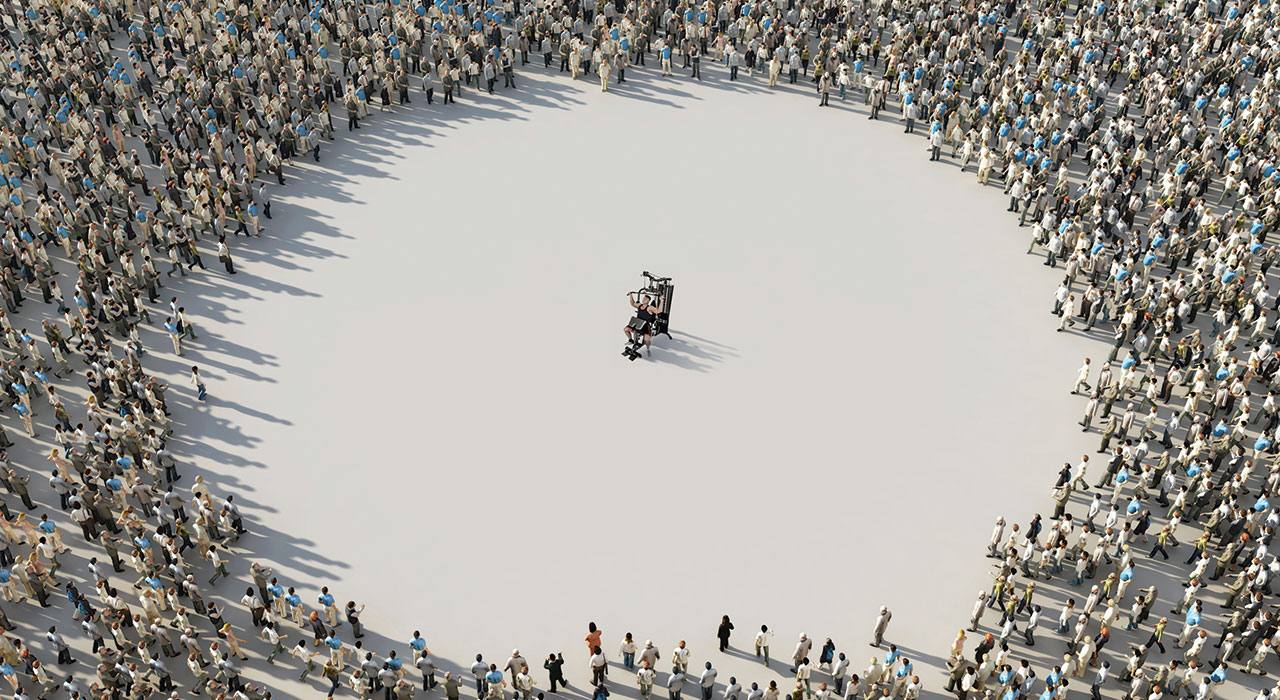When your workout gets hijacked by the more bothersome parts of life, here’s how to pull it back so you’re always making progress in spite of those troubling circumstances
A bad night’s sleep, under-hydration, not eating enough, physically taxing jobs, injury, life stress, mental burn out… these factors can usually be diminished with better planning and management of your daily lifestyle.
However, what about the acute issue that sometimes pops up last minute or smack in the midst of a training session? Do you throw in the towel or fight back?
Here are some common “pop up” issues and how to handle them so you can bring the workout back to life.
The problem: Your gym is heaving with people
Your plan may have included one movement or exercise, but your body doesn’t really know the difference between an incline, decline, flat, dumbbell, barbell or machine press variation. As long as the movement is the same pattern and your loads, rates of perceived exertion, sets, reps and rest periods are kept constant, you’re getting 95% of the same adaptation if you use a slightly different move. So be creative and flexible to earn your gains.
The problem: You got held up and are now short on time for your workout
Try cutting your rest periods in half and going for more workout density by doing fewer reps per set. As long as form is maintained and sets are taken to very near failure, adaptation, and progress can still take place.
Make it a personal challenge to see how much you can condense down the workout and still keep form, reps, sets and load at or near the traditional workout time frame. You can also try some principles of advanced training such as compound sets, drop sets and supersets to get more done in less time.
The problem: A joint starts to hurt on every rep in an exercise you do
Pain for the most part is the body’s way of saying: hold up, something is wrong. Toughing it out is dumbing it out.
You can do two things to see if it helps remove the pain. Adjust the movement, so if a close grip bench is bothering your wrists then move your grip wider. Squats bothering your knees? Try dumbbell goblet squats or Bulgarian split squats for a similar effect with less load and no pain. Also, consider just dropping the load down period, and using higher reps. Much recent research by Brad Schoenfeld is finding that higher reps (20-35) at lower loads (30-50% 1RM) taken to failure can induce just as much muscle size increases over time as higher load and lower rep traditional training.
The problem: You feel like crap, dragging ass, but want to get it done
Nothing makes a workout go dud like an empty tank, illness or a grueling day at work. However, if this is a continuous matter without improvements, then rest. Get out of the gym and reflect on your past week or weeks of training, sleep, diet and stress. Something is off and it’s pulling you down quick. To prevent overtraining and under recovery, consider using objective or subjective monitoring to quantify your readiness with systems like Omega Wave mood state questionnaires and quarterly blood biomarkers from tests.
Alternatively, drop your volume down (total sets) or load/intensity. Knocking off 1-2 sets from your normal 3-4 will save you from running yourself into the ground needlessly. If you use a % load-based system take 10-15% off. Use and rate of perceived exertion (RPE) system? Keep 2-3 reps in the tank on all sets so you’re not killing your central nervous system by going to complete failure. Lee Haney said it best: “Your goal in the gym with building muscle is to stimulate, not annihilate. Natural supplements such as black coffee and green tea extract tablets can help significantly reduce perceptions of fatigue and even provide performance benefits to endurance activities. This performance benefit has been found to be absent or equivocal for strength and power sports.
Expert: Josh Hockett
is a NSCA-certified personal trainer, a strength and conditioning coach and tactical strength and conditioning facilitator







